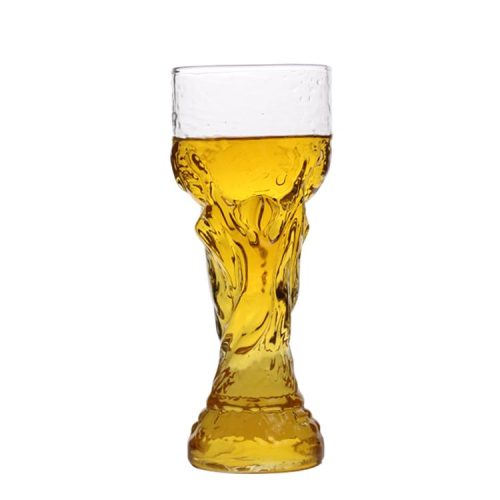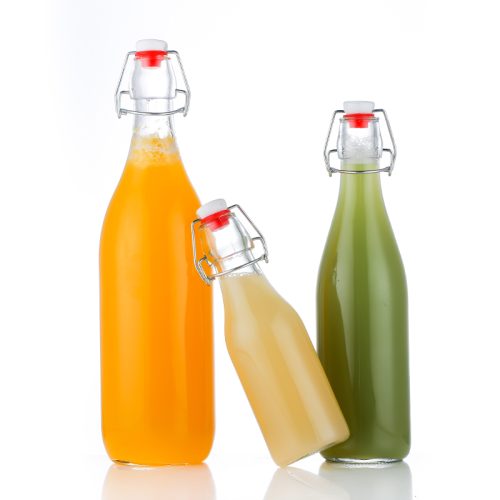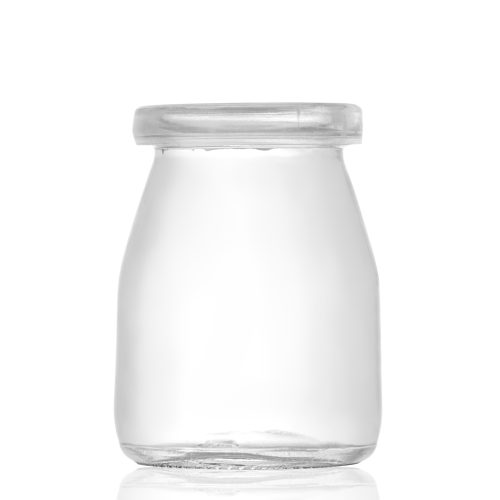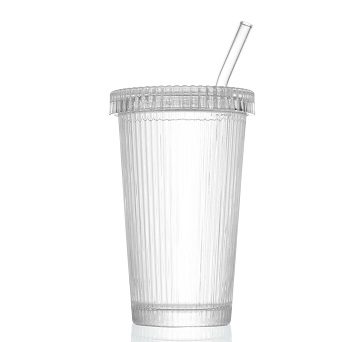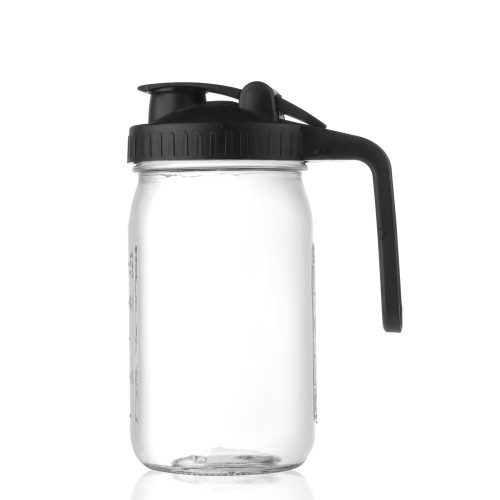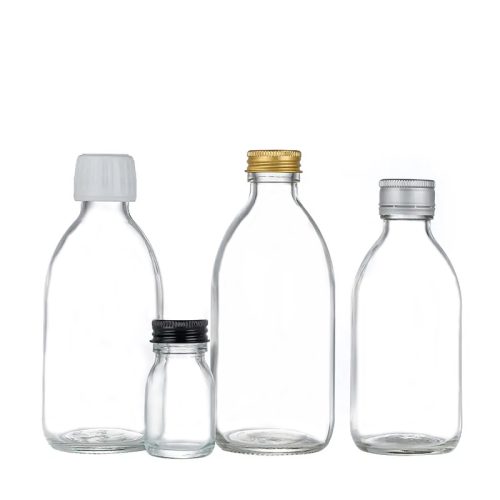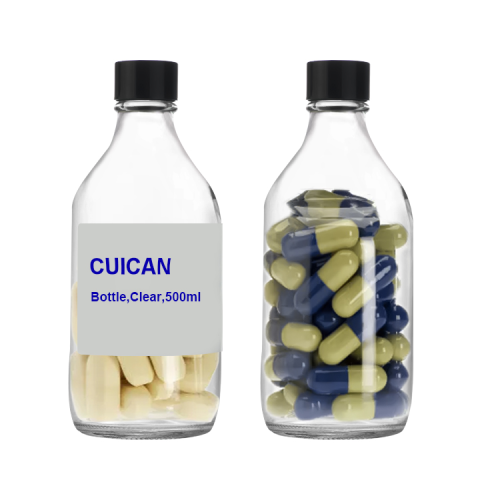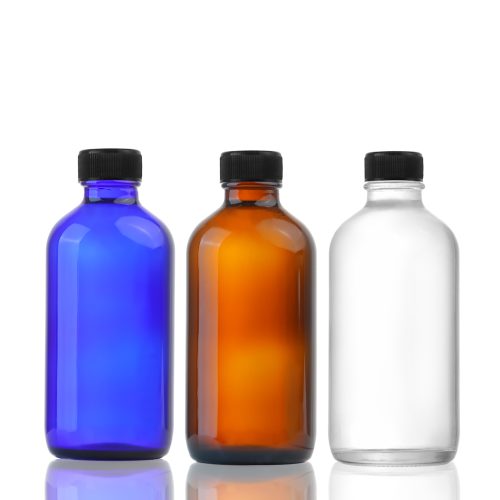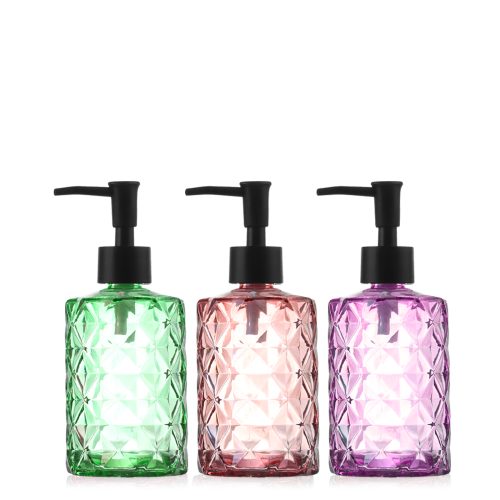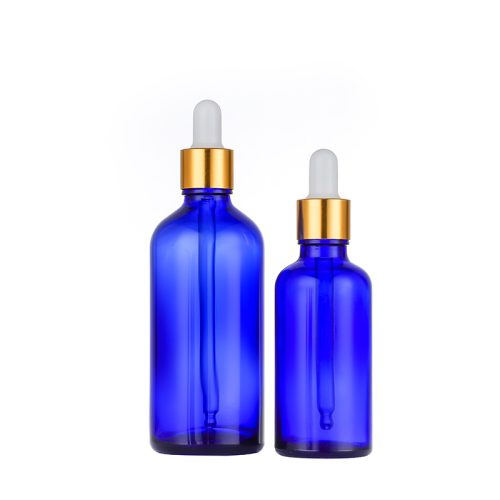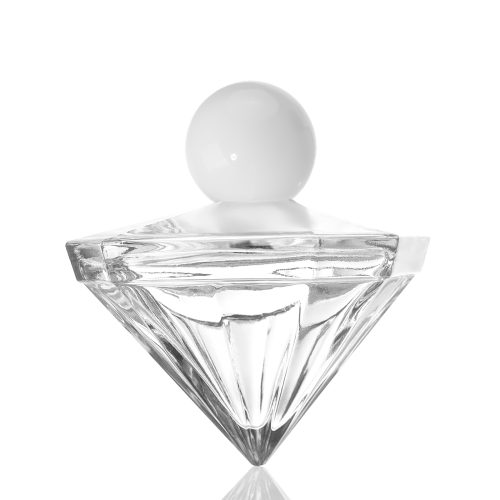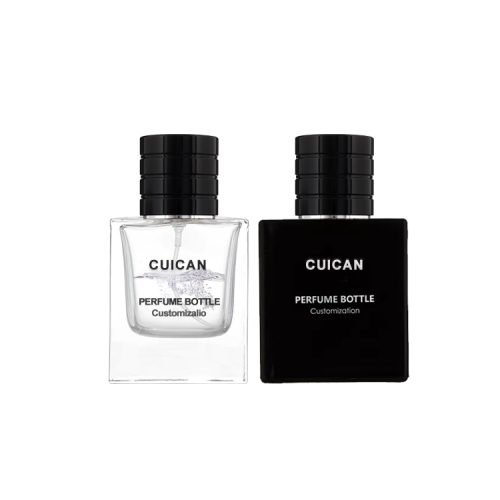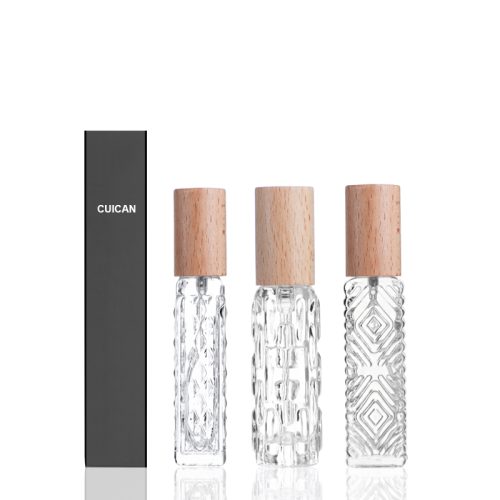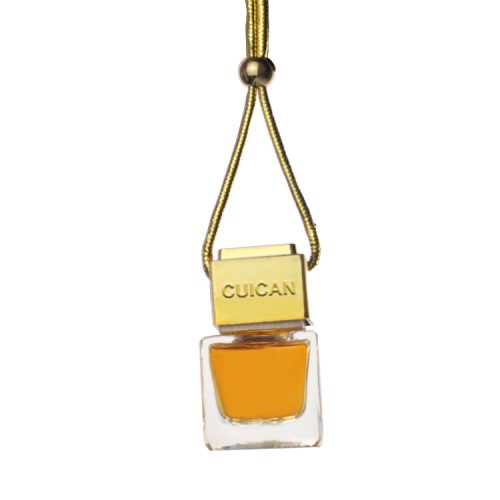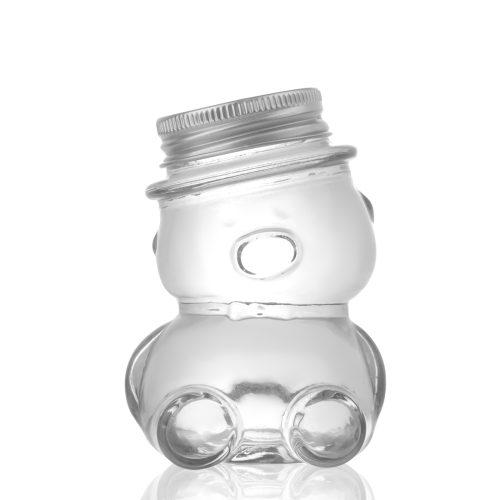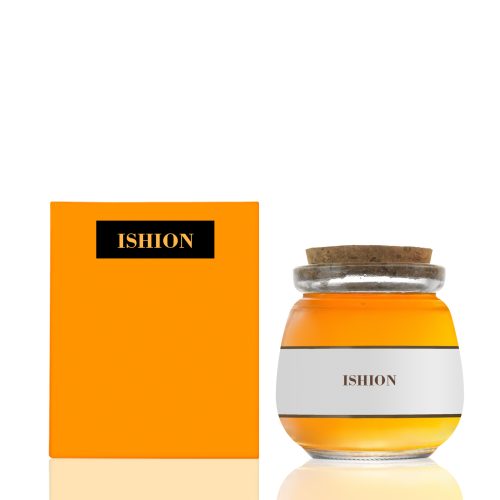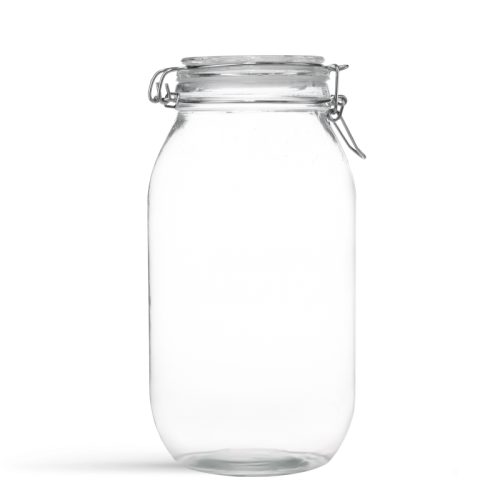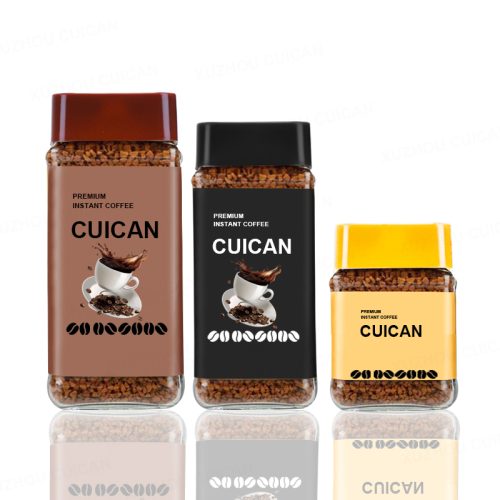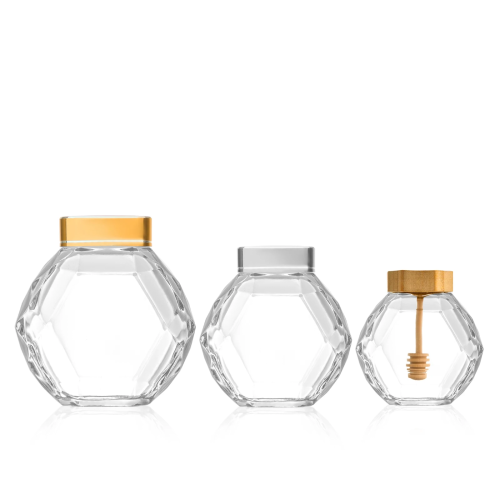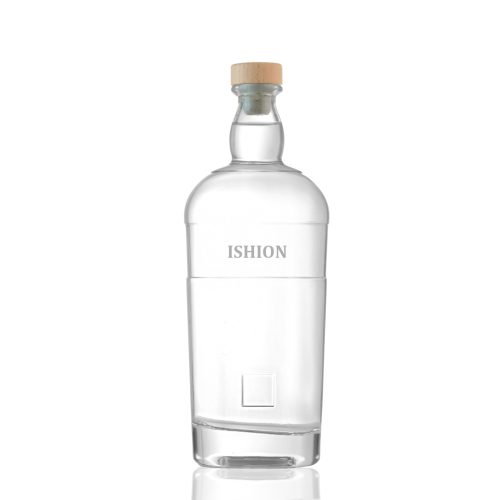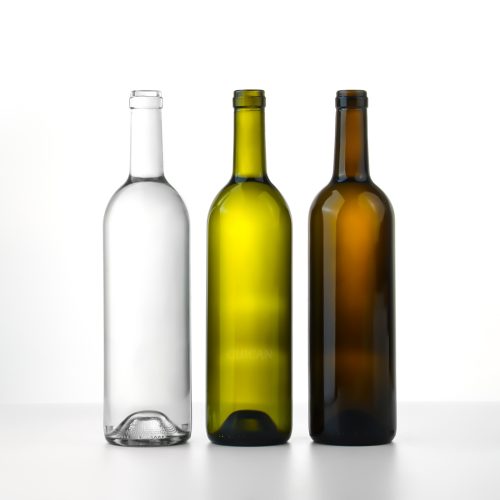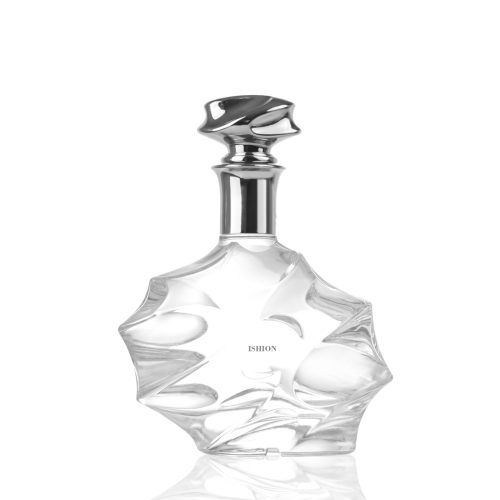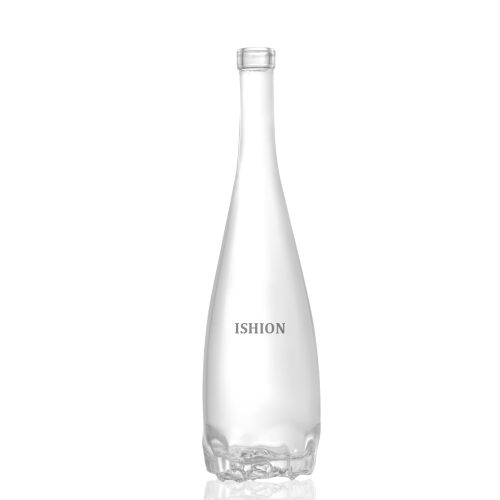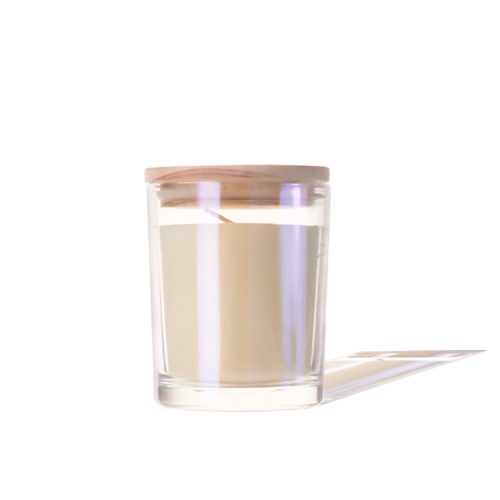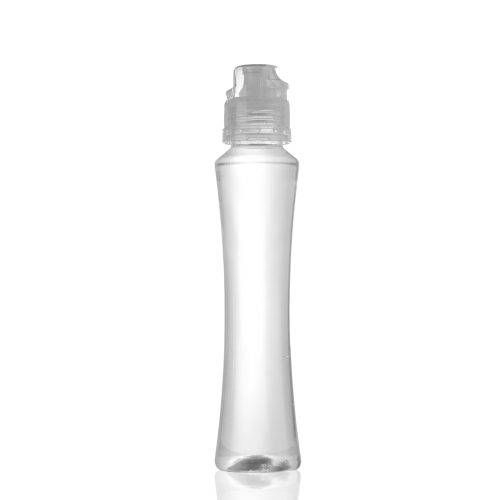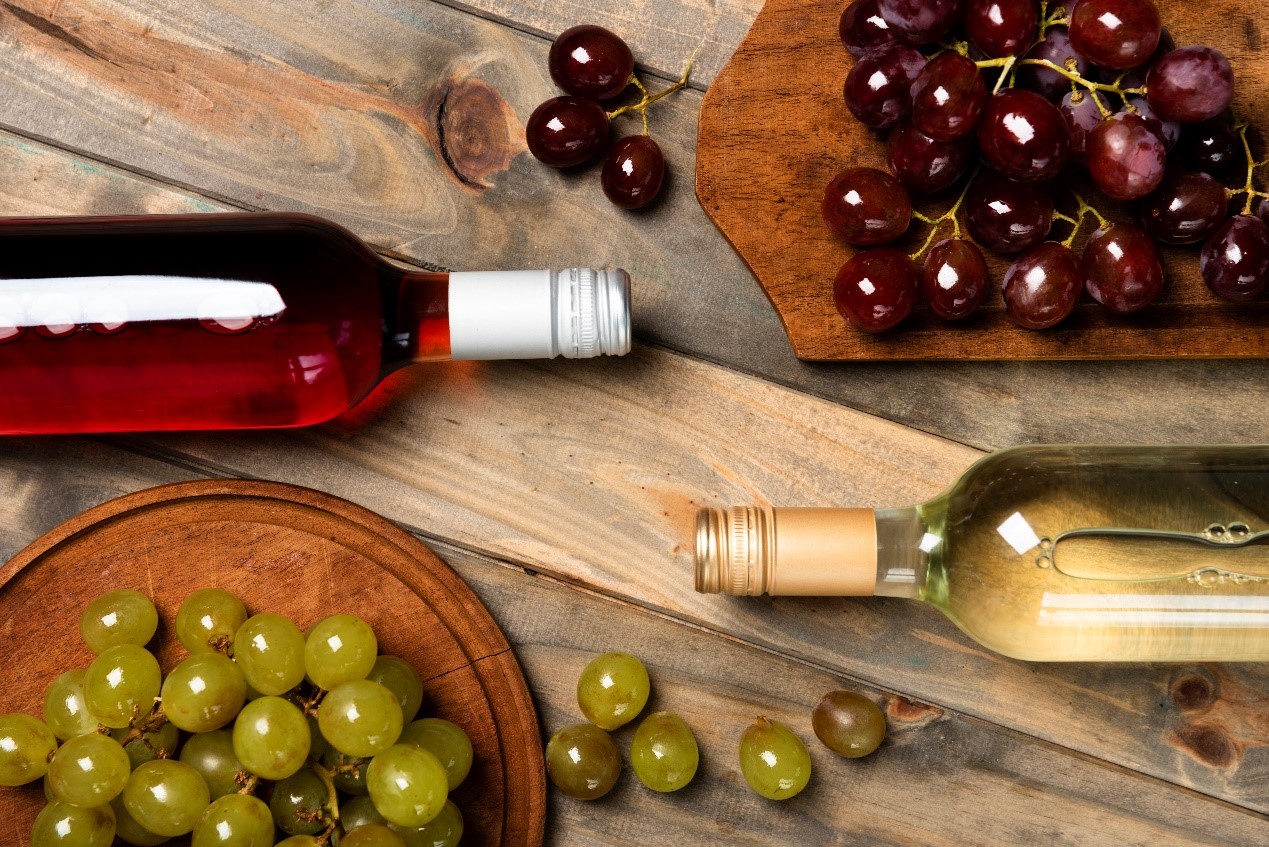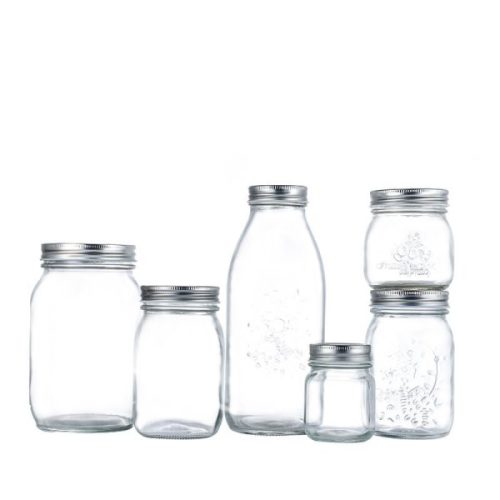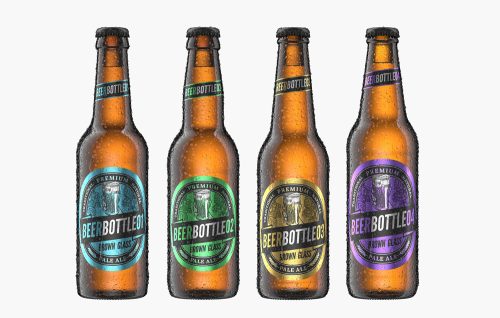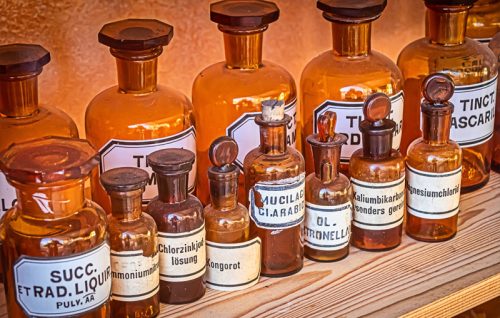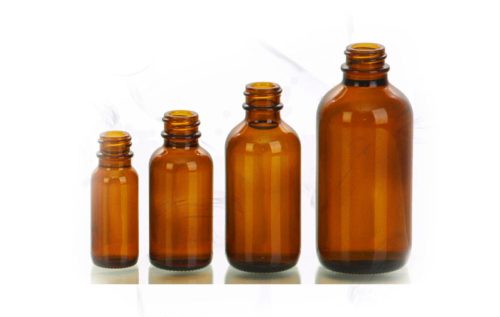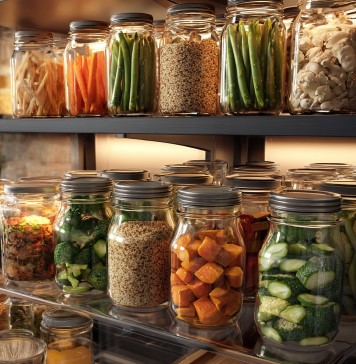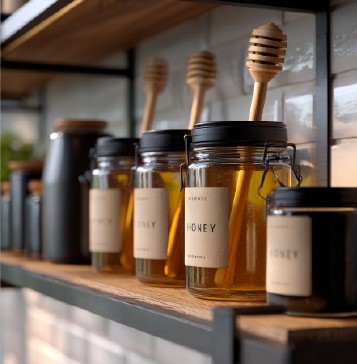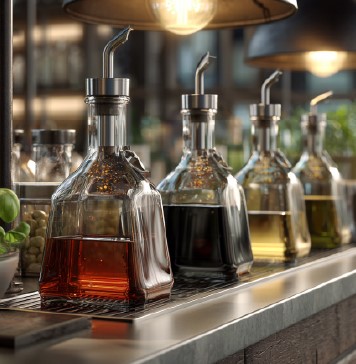-
Arabic
-
English
-
French
-
Malagasy
-
Portuguese
-
Russian
-
Spanish
-
Thai
In the wine industry, wine bottle shapes are more than just containers—they are powerful tools for branding, marketing, and customer perception. For businesses, whether you are a winery, distributor, restaurant group, or gift supplier, the bottle you choose communicates just as much about your product as the wine itself. A bottle’s silhouette not only affects storage and preservation but also plays a critical role in how consumers perceive quality, tradition, and value.
As competition intensifies, companies are no longer selling “just wine.” They are selling a complete brand experience, with the bottle acting as the first point of contact between product and consumer. This article explores the most common wine bottle shapes, their functions, and, most importantly, their strategic business applications.
Popular Wine Bottle Shapes and Their Business Applications
Bordeaux Bottle

The Bordeaux bottle is the world’s most recognized wine bottle. Defined by its straight sides and high shoulders, this shape is practical and versatile. The shoulders are designed to trap sediment, making it ideal for structured red wines such as Cabernet Sauvignon and Merlot.
From a business standpoint, the Bordeaux bottle represents tradition and reliability. It is the go-to option for wineries producing bold reds that need aging, and its standardized design makes it cost-effective for mass production, storage, and shipping. Distributors and retailers favor it because of its uniformity, which allows easy stacking and presentation on shelves.
For companies competing in supermarkets and large-scale retail, the Bordeaux bottle is an essential choice. It signals authenticity and stability while keeping logistics simple and efficient.
Burgundy Bottle
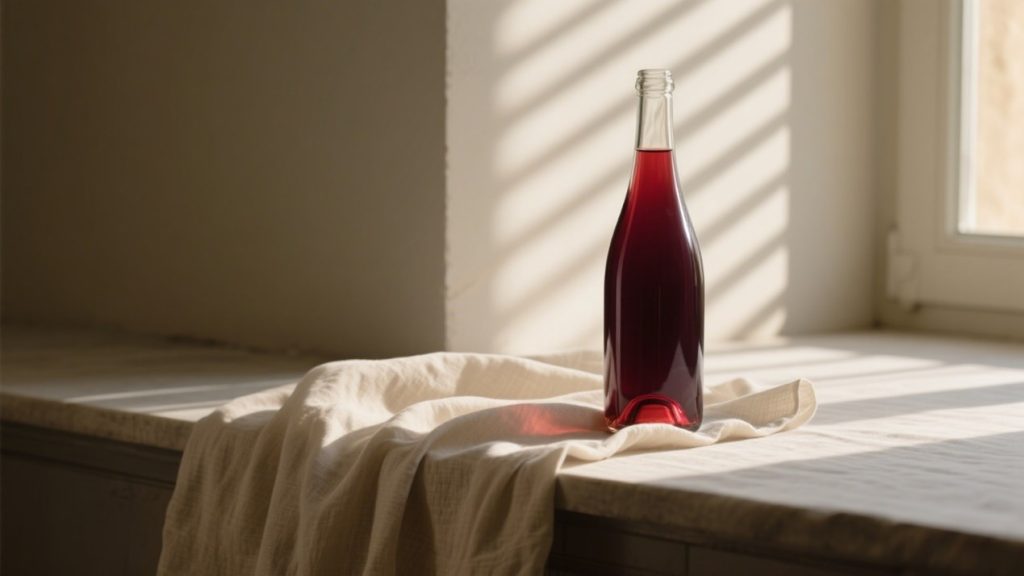
The Burgundy bottle offers a stark contrast to the Bordeaux shape. Its wider body and sloping shoulders create a softer, more elegant appearance. This bottle is commonly used for Pinot Noir and Chardonnay, wines known for their finesse and delicacy.
In the business world, the Burgundy bottle is strongly associated with premium and artisanal wine production. Its shape conveys sophistication, making it a popular choice for high-end restaurants, boutique wineries, and specialty retailers. Unlike the Bordeaux bottle, which represents strength, the Burgundy bottle emphasizes elegance and craftsmanship.
For businesses looking to position their brand as refined and upscale, the Burgundy bottle serves as a visual cue that immediately communicates quality. While slightly more expensive in production and less efficient for shipping, the return in perceived value often justifies the investment.
Alsace (Flute) Bottle

The Alsace bottle, often called a flute, is tall and slender, typically used for aromatic whites like Riesling and Gewürztraminer. Its distinctive silhouette makes it easily recognizable and highly memorable for consumers.
From a business perspective, the Alsace bottle is a differentiation tool. On crowded retail shelves, its tall, slim shape stands out immediately. This makes it particularly effective for wineries aiming to emphasize regional identity or cultural storytelling. Export markets also value its unique appearance, as it conveys authenticity and elegance.
Companies that target gift markets, festive packaging, or export trade can benefit greatly from the Alsace bottle’s visual impact. It is not just a container but a branding asset that adds perceived value to the wine inside.
Champagne Bottle
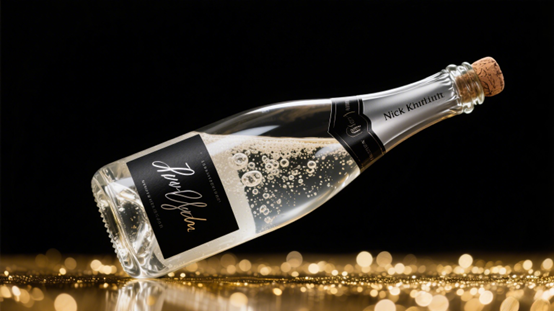
The Champagne bottle is a model of both functionality and prestige. Made from thick glass with a pronounced punt (deep indentation at the base), it is designed to withstand the pressure of sparkling wines like Champagne, Prosecco, and Cava.
For businesses, however, the Champagne bottle is much more than a technical necessity. It has become a symbol of celebration and luxury. Consumers instantly associate it with special occasions, success, and indulgence. As a result, wines packaged in Champagne bottles command higher margins and thrive in the premium gifting and hospitality sectors.
Companies can leverage this bottle not only for sparkling wines but also for marketing strategies that target the luxury and event-driven markets. In this way, the Champagne bottle functions as both packaging and a status symbol.
Port and Sherry Bottles

Port and Sherry bottles are characterized by their straight sides and bulbous necks, which help collect sediment and make pouring smoother. Traditionally used for fortified wines, these bottles have a heritage value that sets them apart.
For businesses, this shape carries a strong message of tradition, rarity, and prestige. It is particularly effective in targeting high-end restaurants, collectors, and niche wine markets. Port and Sherry bottles are less about mass-market appeal and more about specialized positioning.
Enterprises looking to diversify their product line with fortified wines can use these bottles to reinforce exclusivity and heritage, helping them stand out in a crowded marketplace.
Provence/Fiasco Bottle
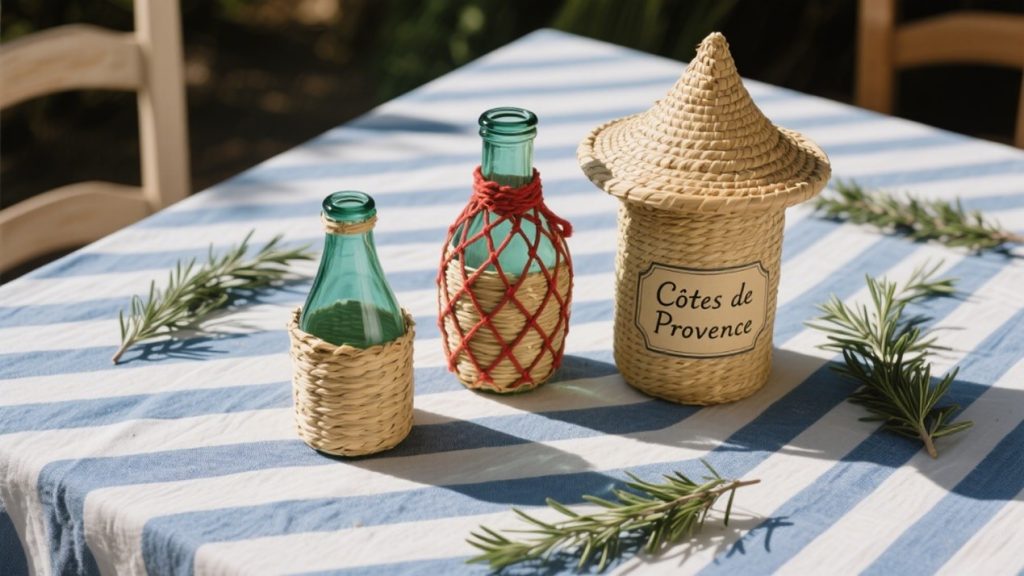
The Fiasco, a traditional Italian wine bottle encased in straw, has a round base and rustic charm. Though less common today, it remains a powerful symbol of cultural heritage and artisanal production.
From a commercial viewpoint, the Provence/Fiasco bottle is best suited for tourism markets, cultural branding, and gift packaging. It is not the most practical for large-scale distribution, given its fragility and storage inefficiency, but it can deliver strong returns in niche markets where consumers value tradition and storytelling.
Businesses that wish to emphasize authenticity, craftsmanship, or regional identity can benefit from adopting this distinctive design.
Bocksbeutel
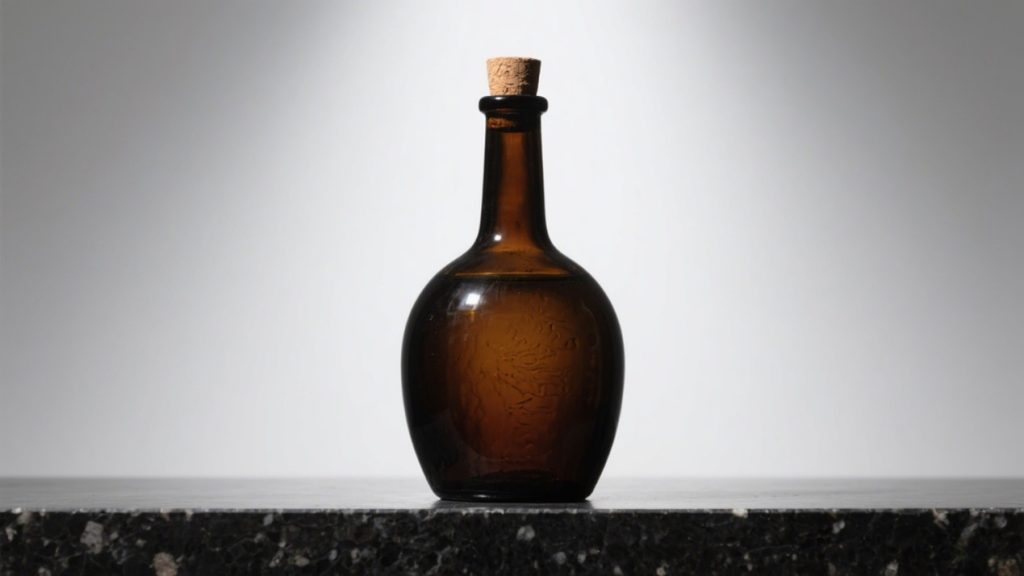
The Bocksbeutel is a flattened, ellipsoid-shaped bottle primarily associated with Franconian wines in Germany. Its unusual design makes it highly recognizable and protected under EU regulations.
For businesses, the Bocksbeutel is a differentiation powerhouse. On retail shelves, it creates instant visual impact, setting the product apart from competitors. While it may increase production and transportation costs, the marketing advantage often outweighs these challenges.
Companies seeking to establish a bold and unique brand identity can use the Bocksbeutel as a signature packaging choice, signaling exclusivity and authenticity.
How Bottle Shapes Influence Brand Positioning and Market Strategy
Wine bottle design is not just about function—it’s about storytelling and positioning. Each shape carries historical, cultural, and psychological associations that influence consumer behavior.
A Bordeaux bottle communicates strength, tradition, and reliability. A Burgundy bottle conveys elegance and artistry. An Alsace flute adds cultural flair, while a Champagne bottle exudes celebration and prestige. When businesses align their bottle choices with their brand strategy, they reinforce their market positioning and create a stronger emotional connection with their audience.
Furthermore, bottle shapes affect retail visibility and consumer decision-making. In crowded markets, a distinctive silhouette can capture attention in seconds, influencing purchasing choices before a consumer even tastes the wine.
Choosing the Right Wine Bottle for Your Business Needs
Selecting the right wine bottle requires balancing tradition, brand image, logistics, and consumer psychology. Here are some practical guidelines for businesses:
- Premium red wines → Bordeaux bottle (efficient, classic, export-friendly)
- Artisan whites and specialty wines → Burgundy or Alsace bottle (sophisticated, unique)
- Festive and luxury markets → Champagne bottle (premium, celebratory)
- Heritage or niche products → Port, Sherry, or Bocksbeutel (exclusive, traditional)
- Tourism and cultural branding → Fiasco bottle (rustic, storytelling-driven)
Beyond product type, businesses must also consider transportation costs, storage efficiency, retail presentation, and long-term brand identity. The right bottle not only protects the wine but also helps shape consumer expectations and drive sales.
Conclusion
In today’s competitive wine market, bottle shapes are far more than functional packaging—they are strategic tools that influence perception, purchasing behavior, and long-term brand loyalty. For businesses, choosing the right bottle shape is about aligning functionality with brand storytelling, creating a coherent message that resonates with both local and international consumers.
By investing in thoughtful packaging design and selecting bottle shapes that reflect both the wine’s character and the company’s identity, businesses can elevate their market presence, strengthen brand recognition, and ultimately drive profitability. In short, the right bottle shape not only protects what’s inside but also tells the story of the brand itself.









